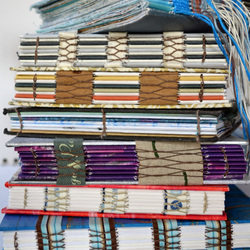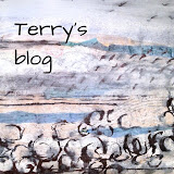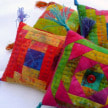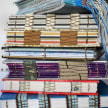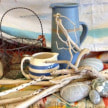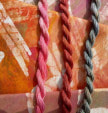But in the creative world it's good to travel a slower road, taking the time to play and experiment, to explore the 'what if's', celebrate our successes - and mistakes, because after all a mistake is just a creative opportunity! Often students roll their eyes at us when we say ' I don't know, have you tried making a sample?' Terry and I are both firm believers in 'doing', having a go, trying things out. It's only through the act of doing will you ever find out what will work, and what won't, which techniques are suitable and which aren't. Time spend in practical exploration is never time wasted - besides which, look at all the fun and joy you will have on the way.
Meanwhile I have to wait patiently for the fabric pieces to cure and then I can start to add colour before layering up and stitching. I'm so excited, and not a little impatient, to get started....
Hazel & Terry
P.S. You didn't think I'd be throwing away the over inked first attempts did you?? They've been put to one side to dry with the rest of my trials and will be added to the stash of creative papers ready for including into sketchbooks some day!
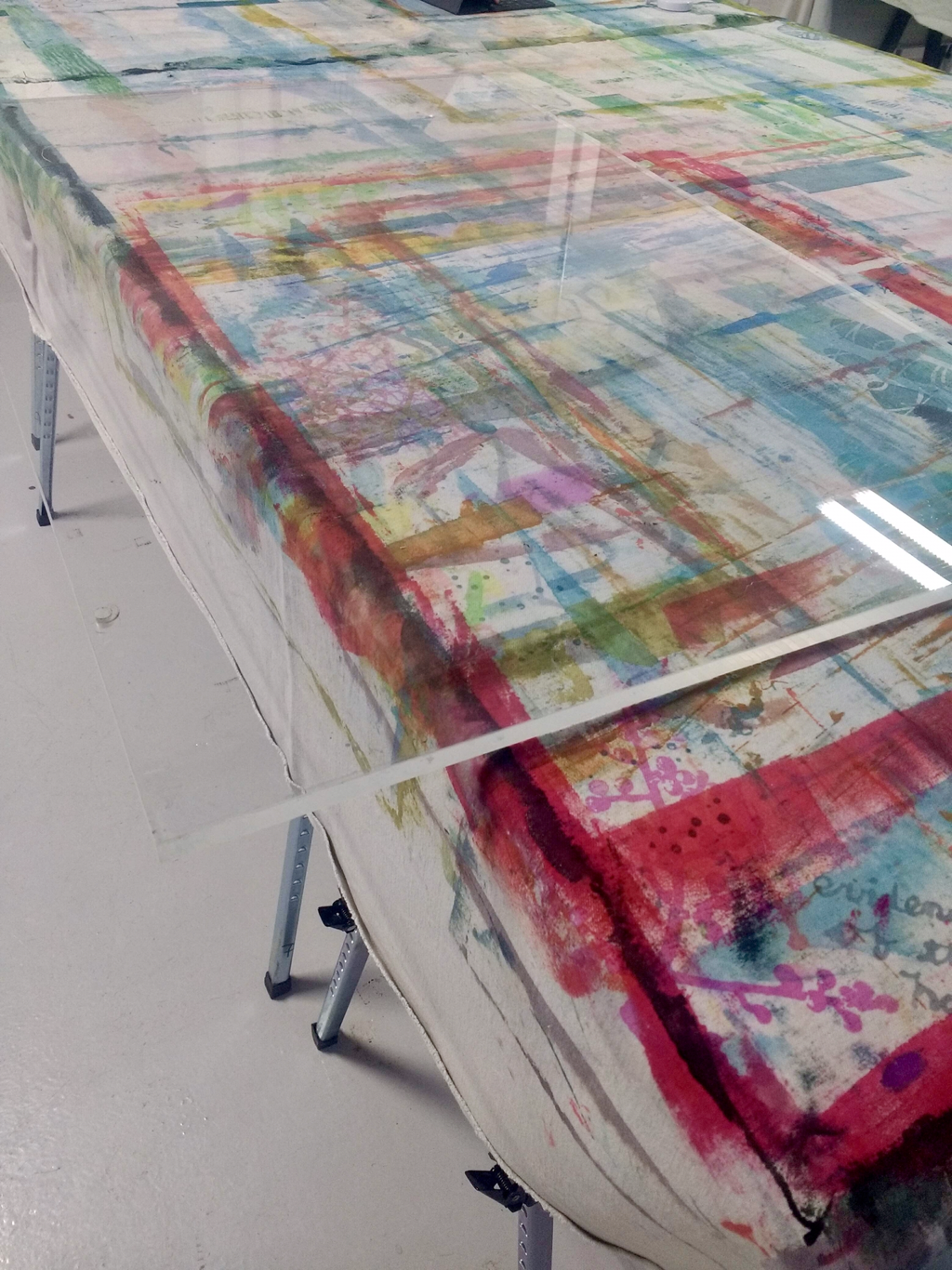
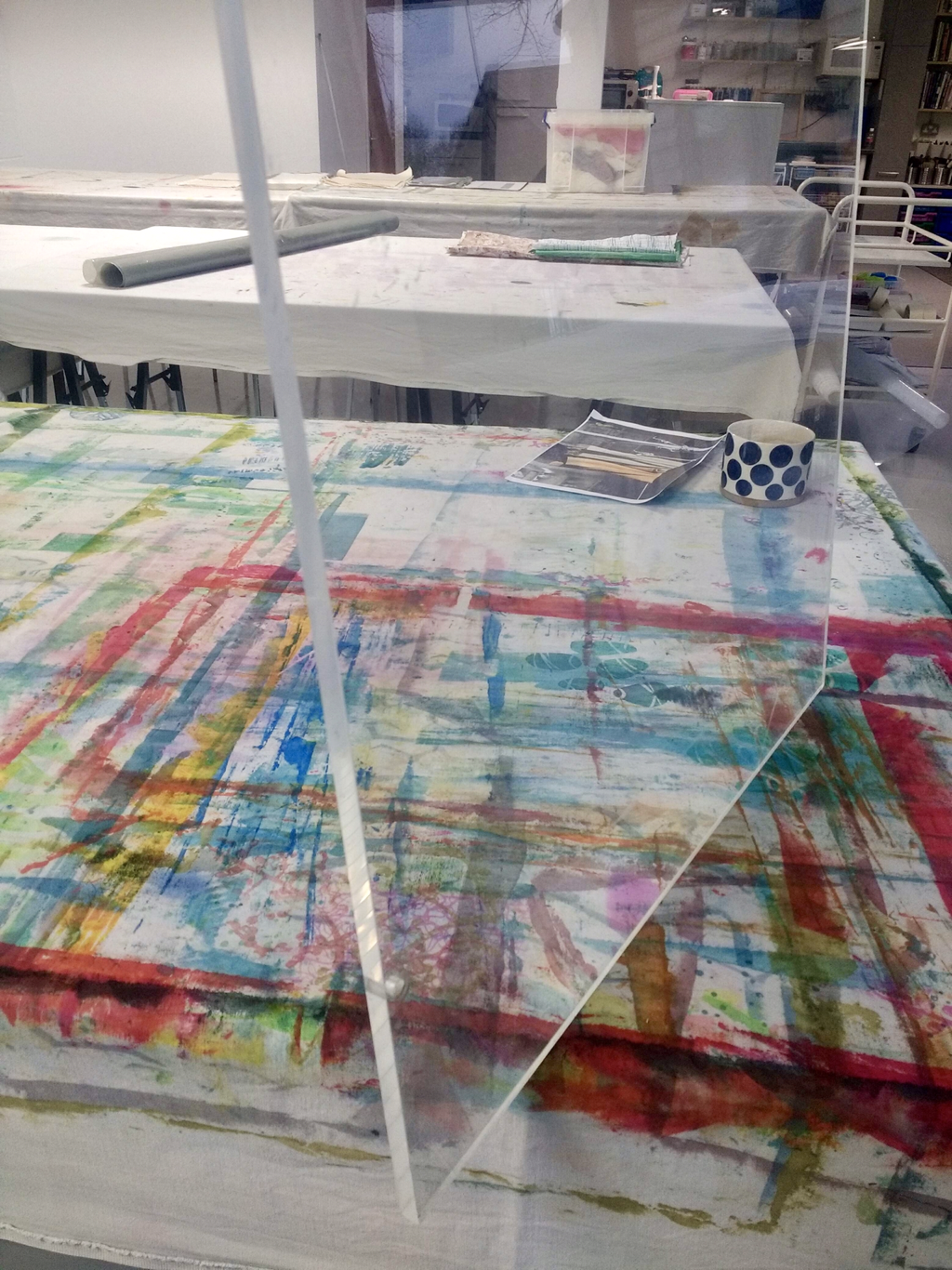
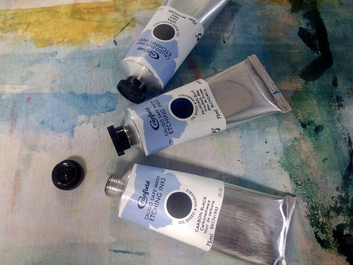
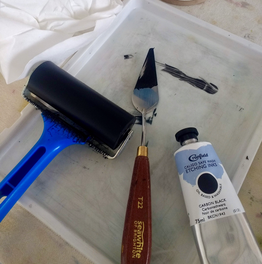

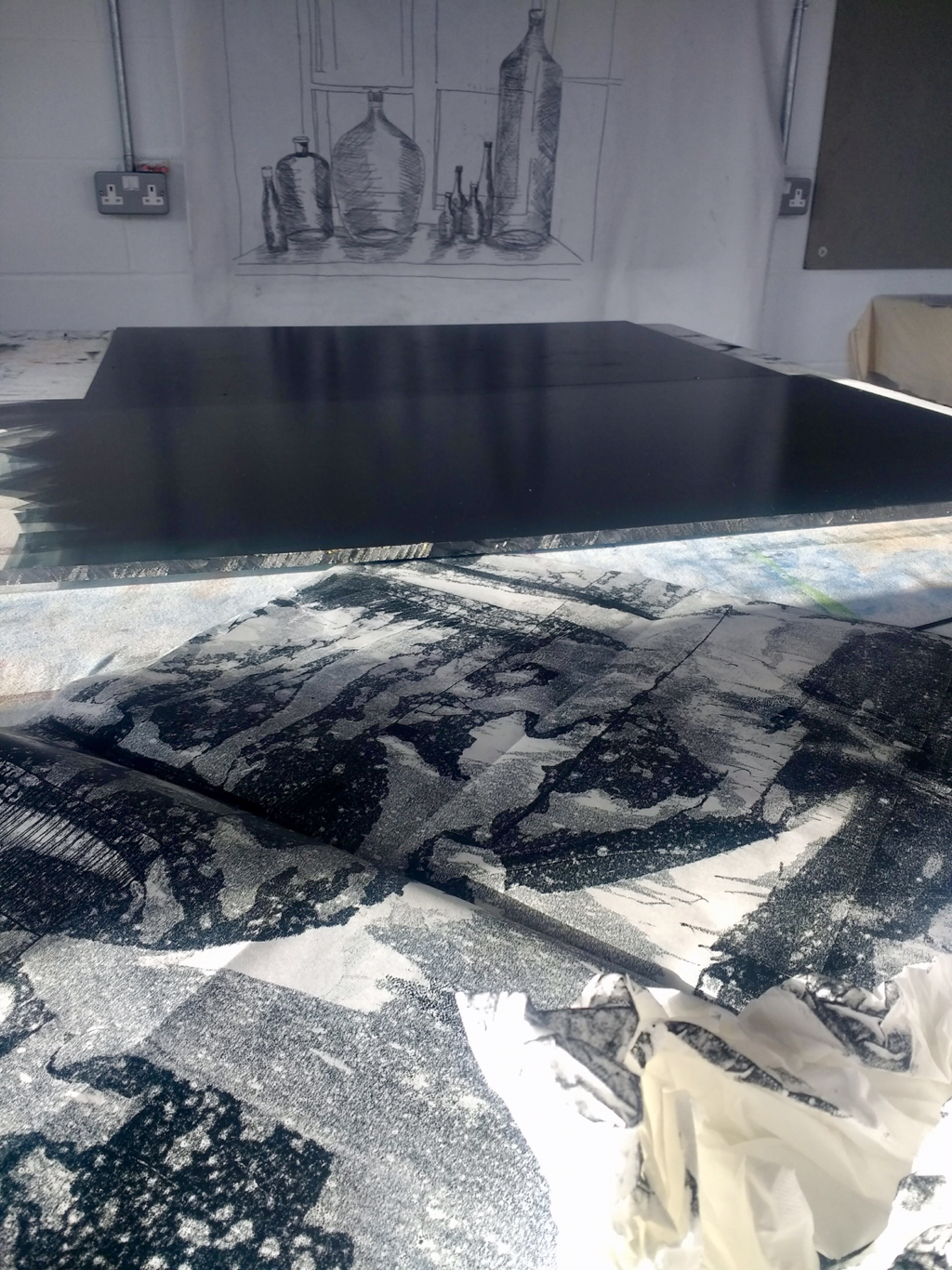
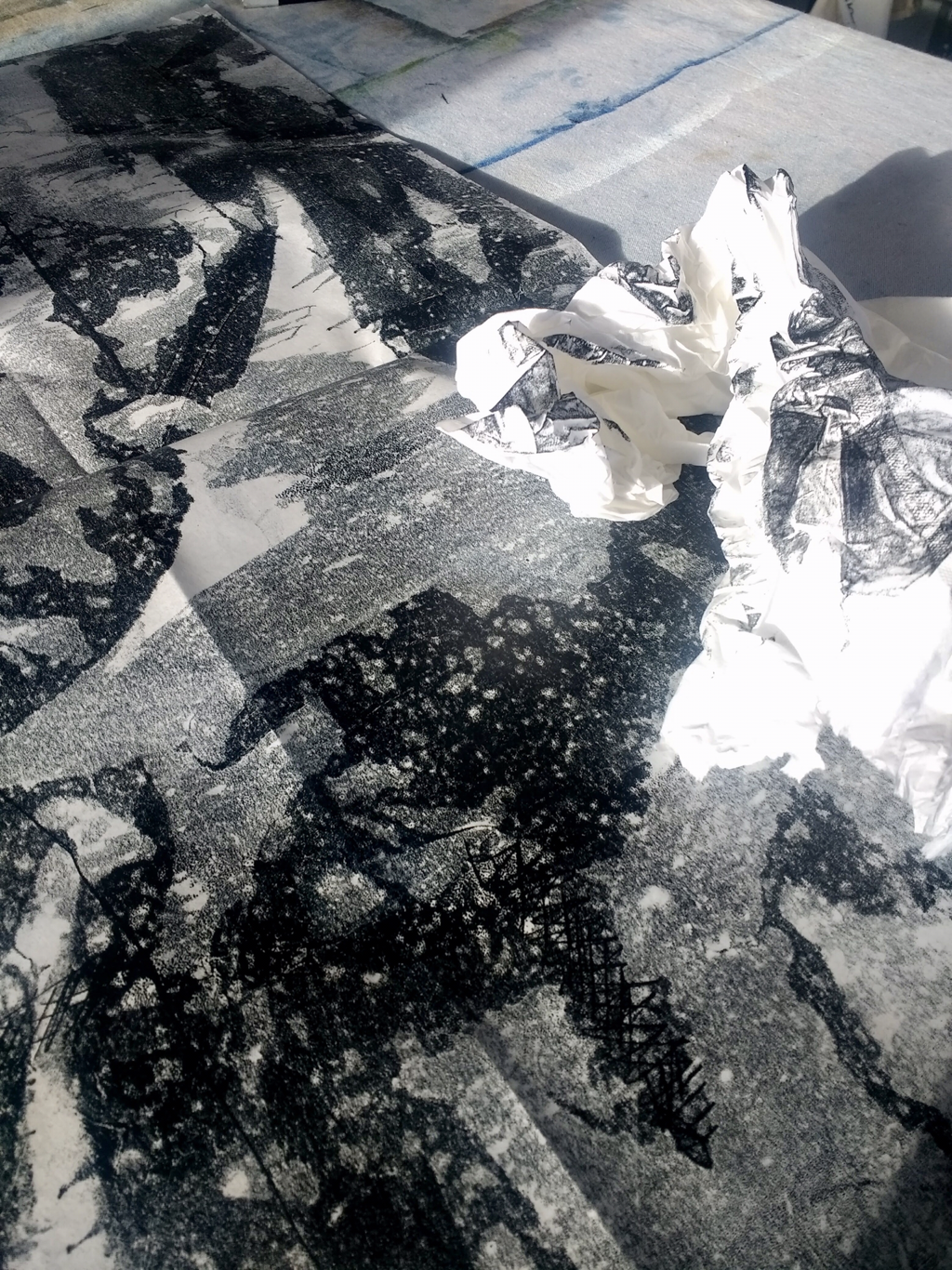
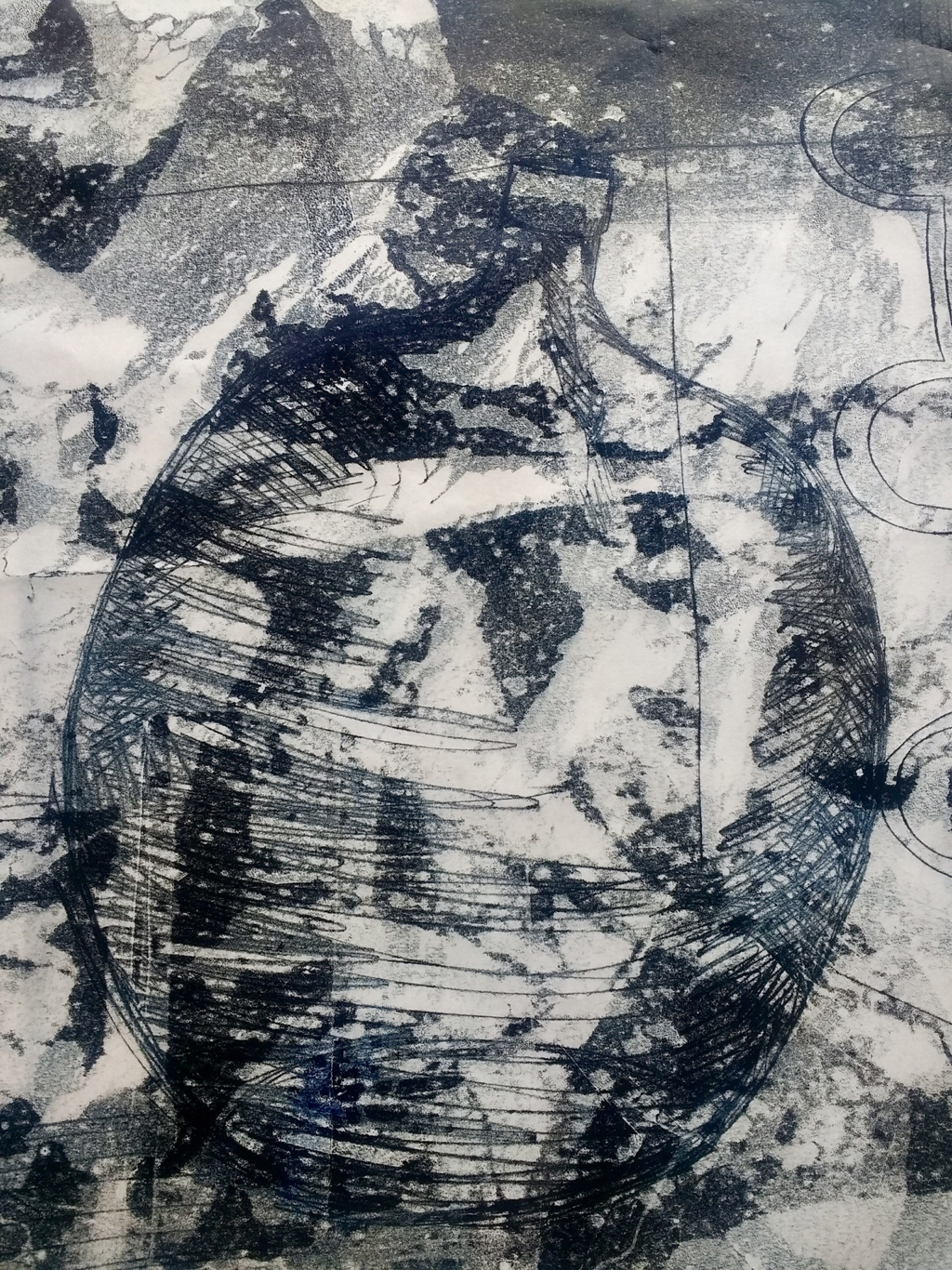
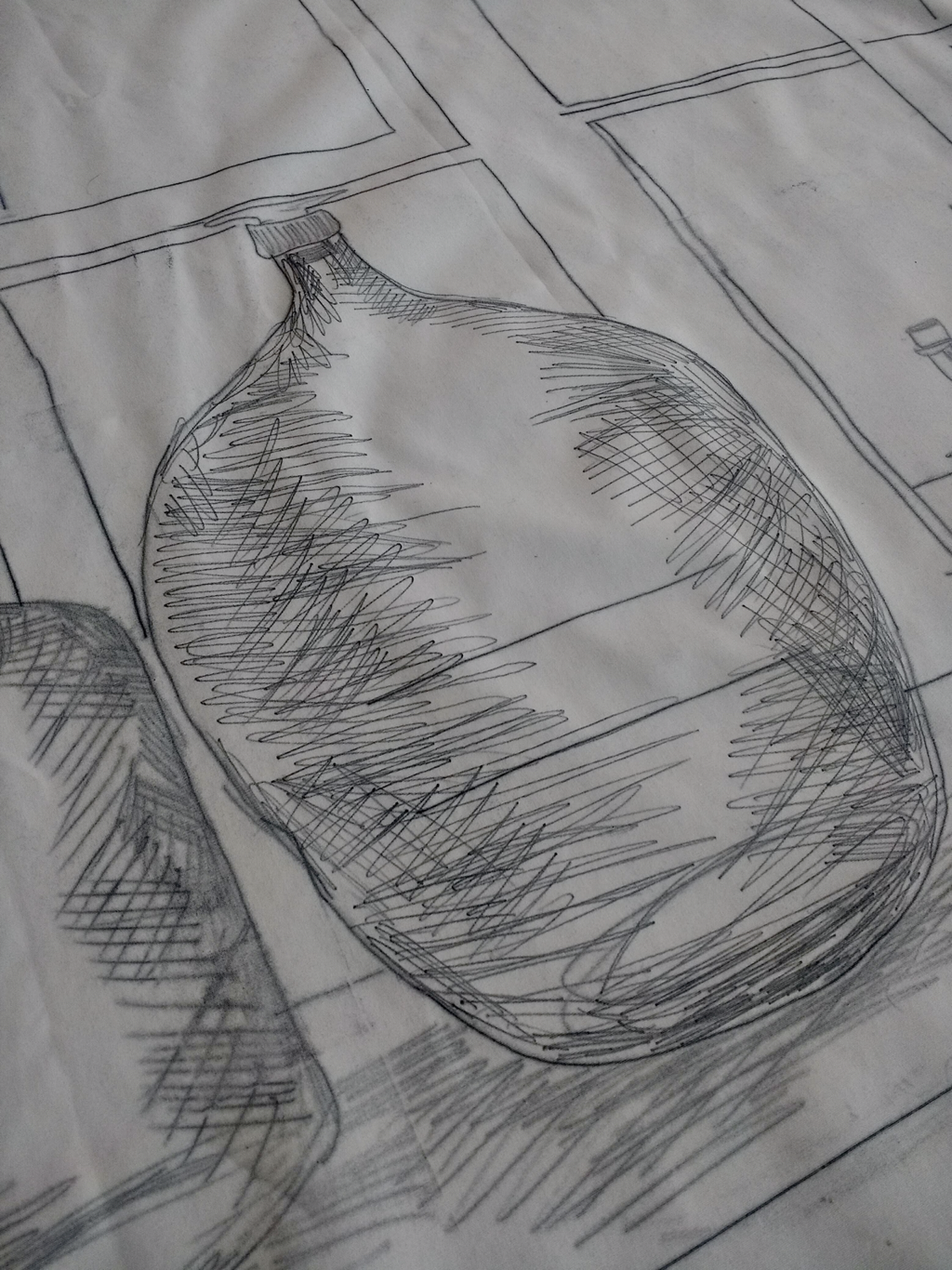
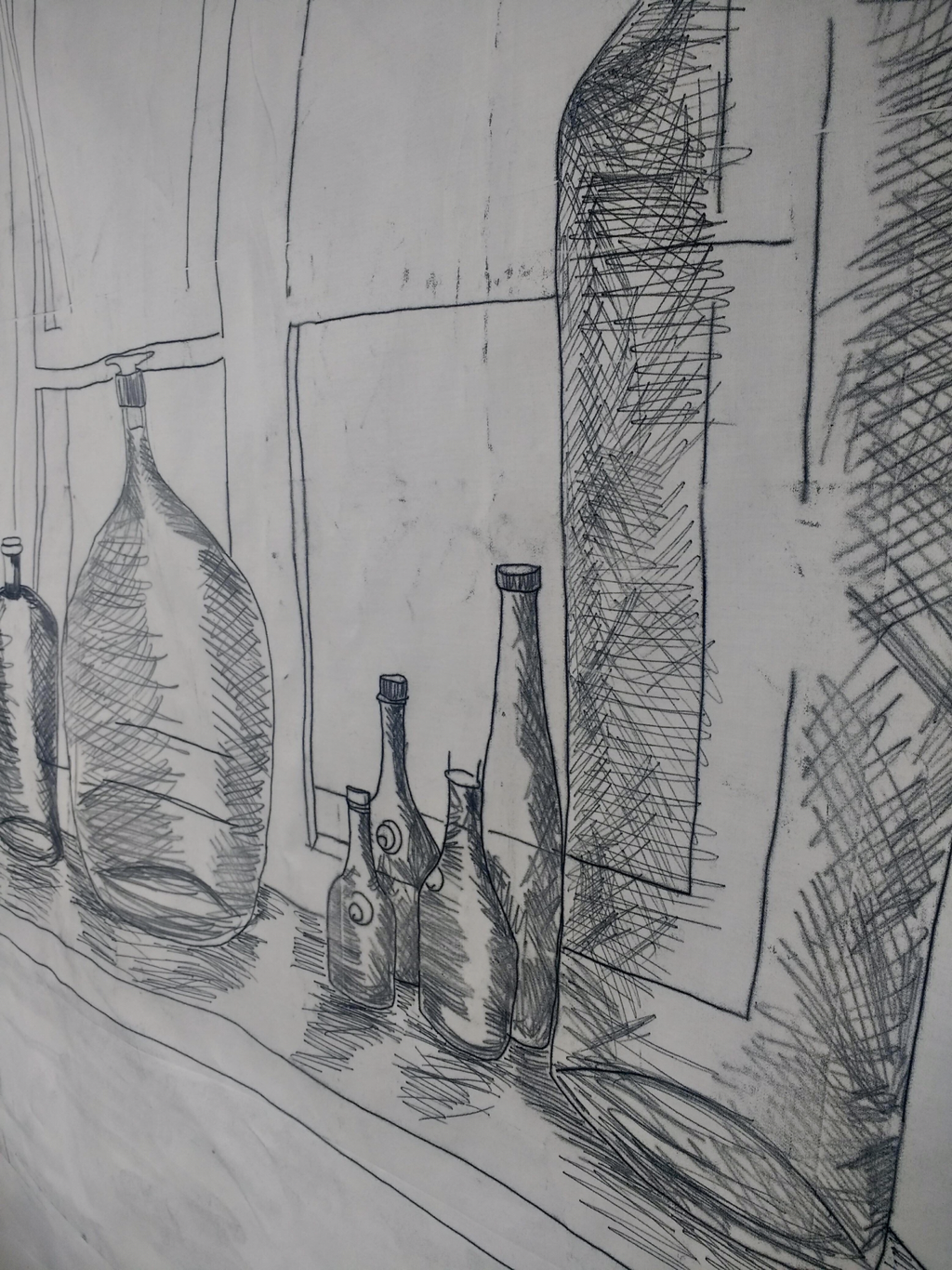
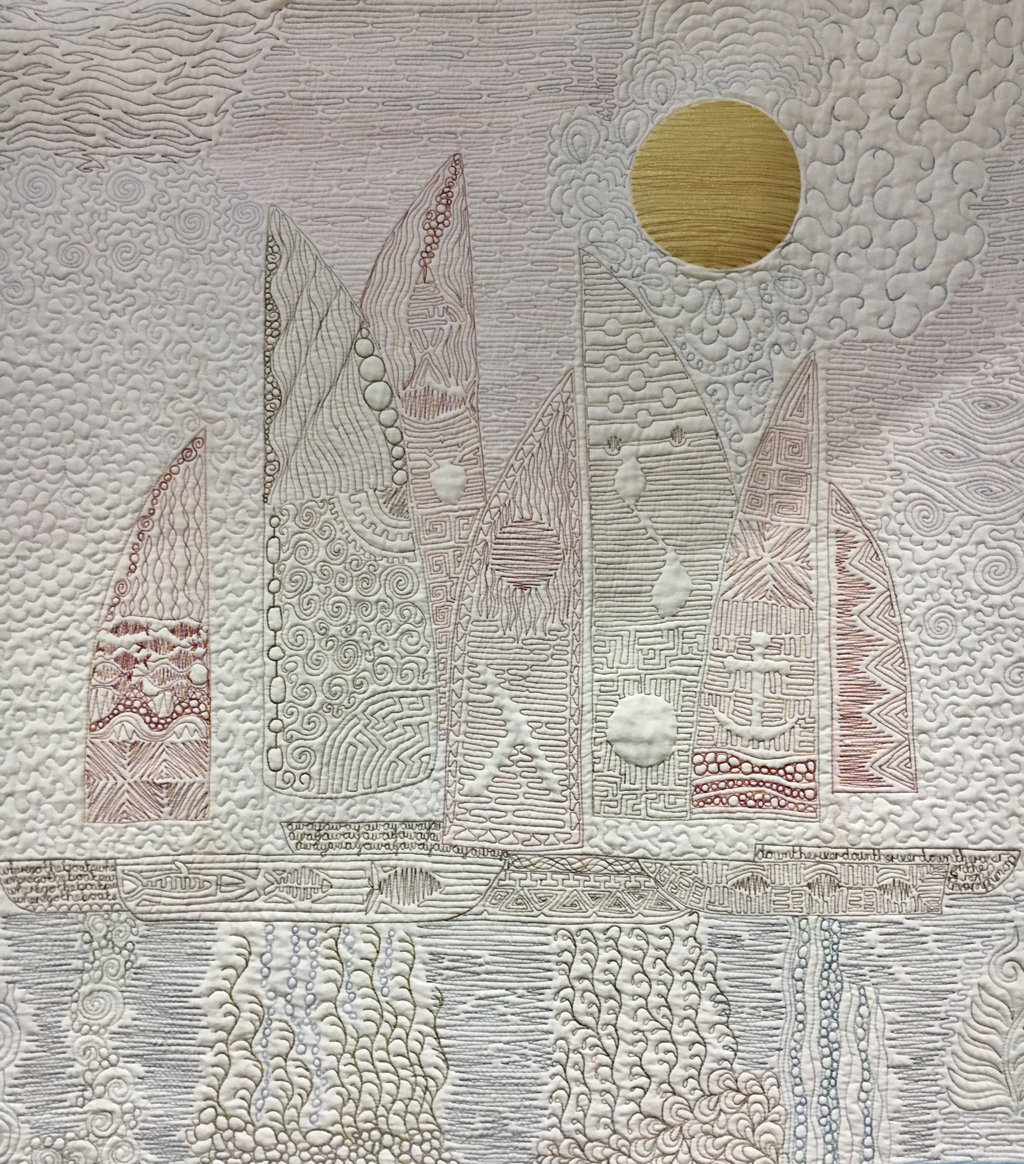
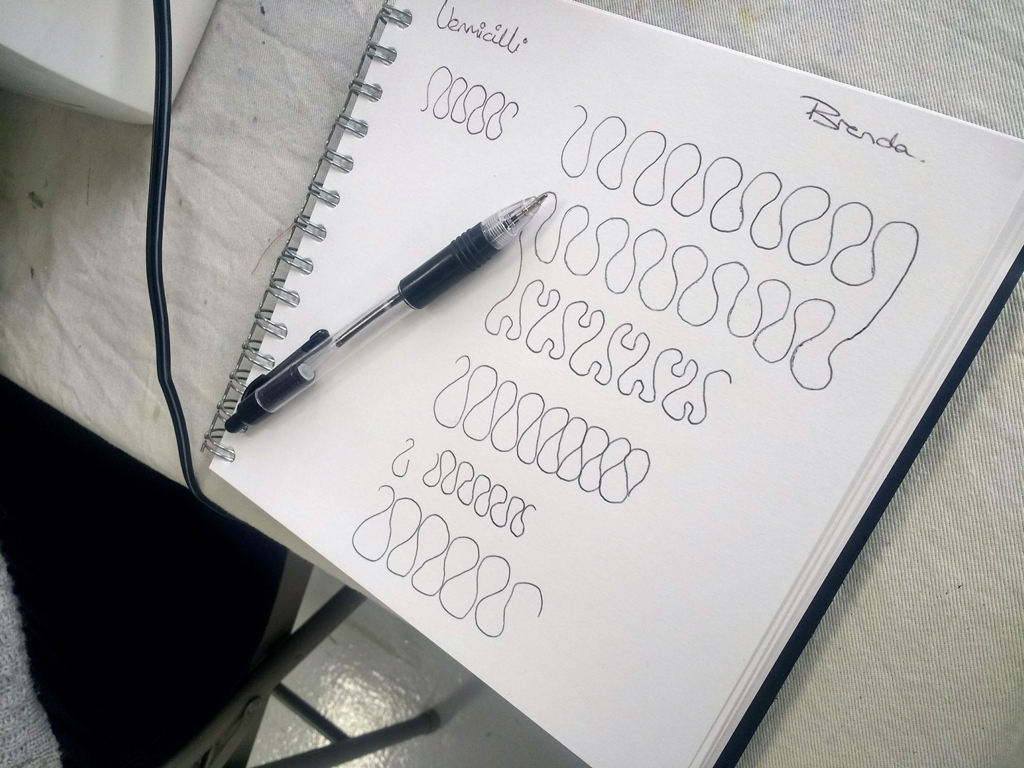
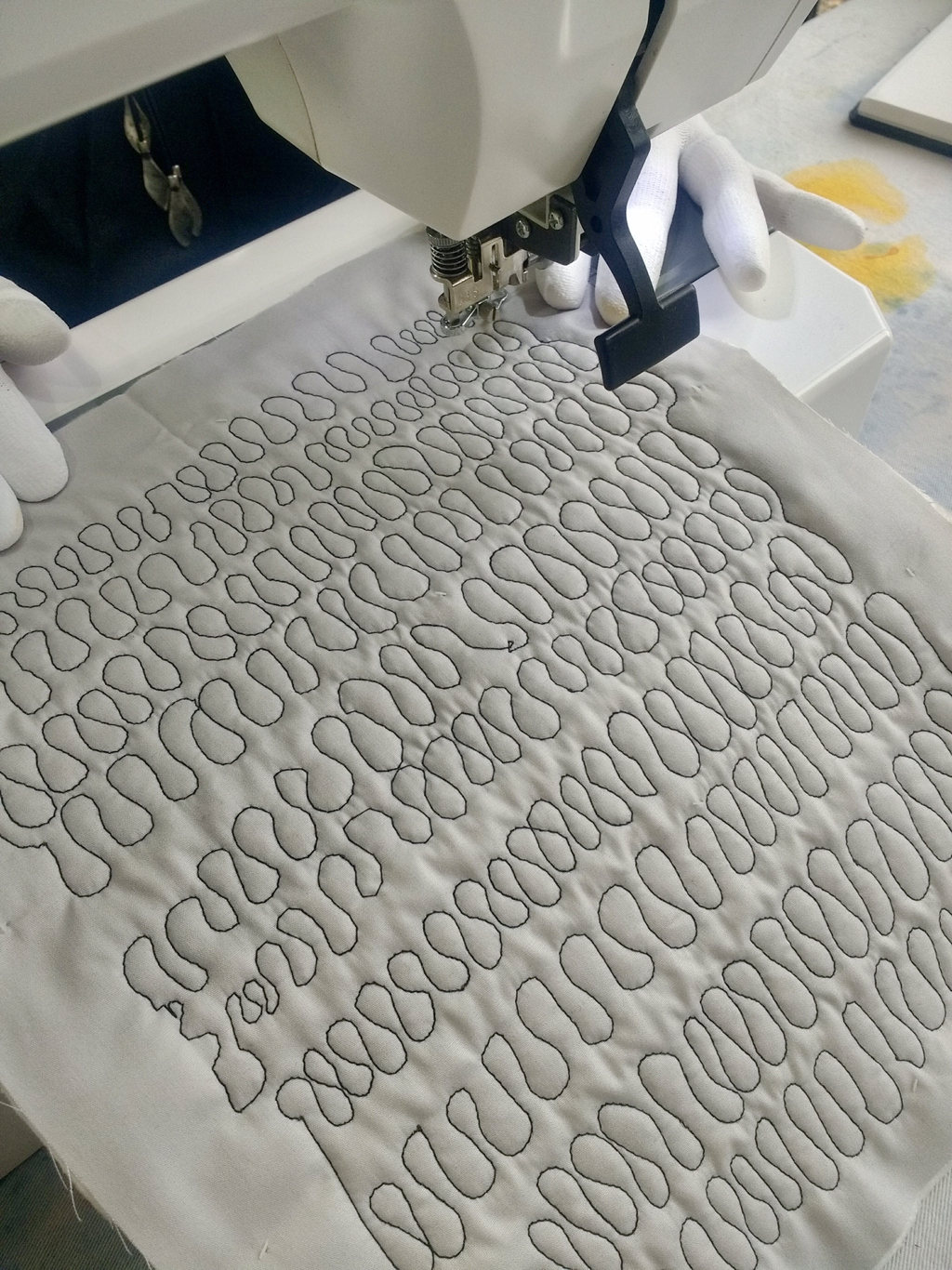
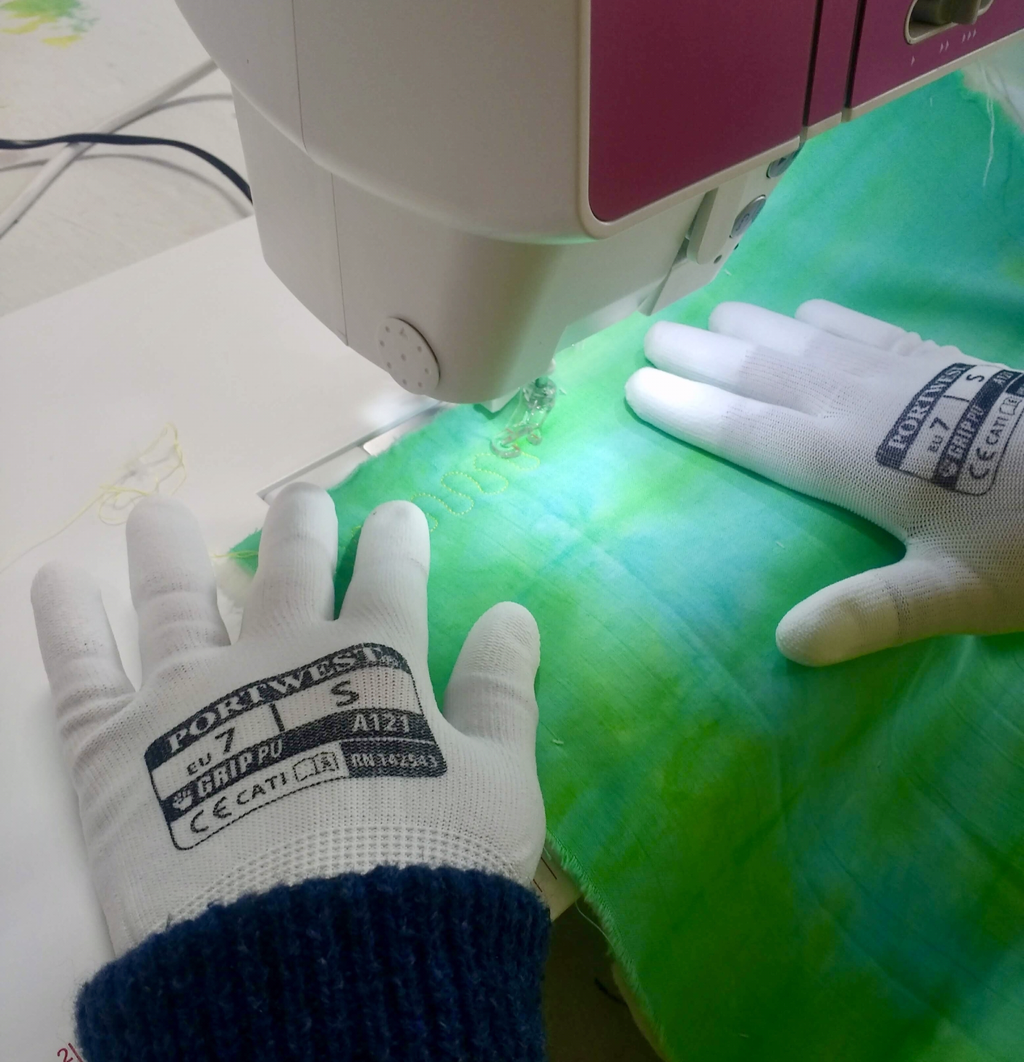
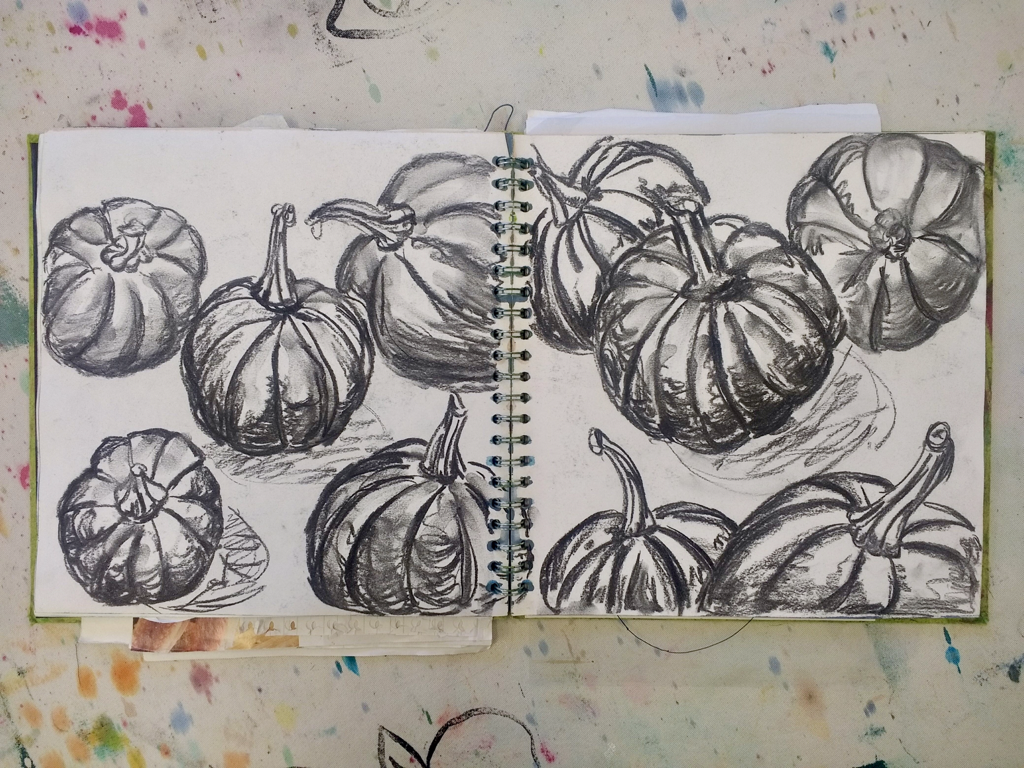
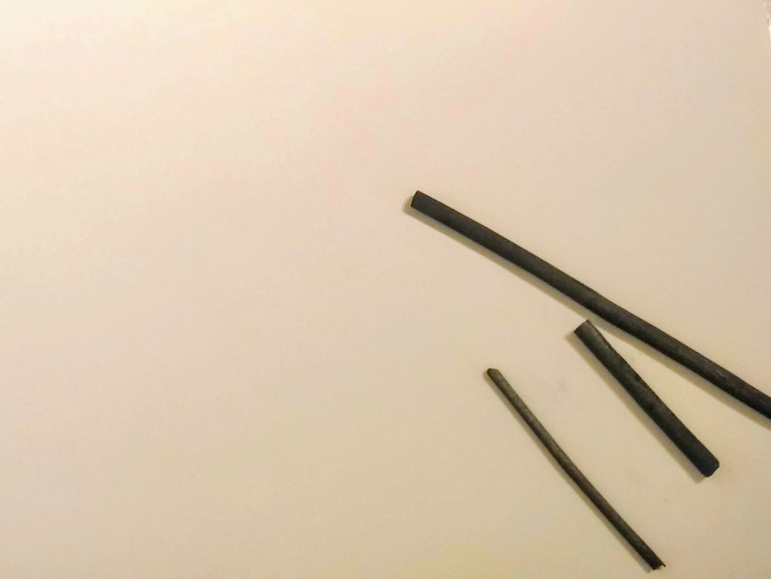
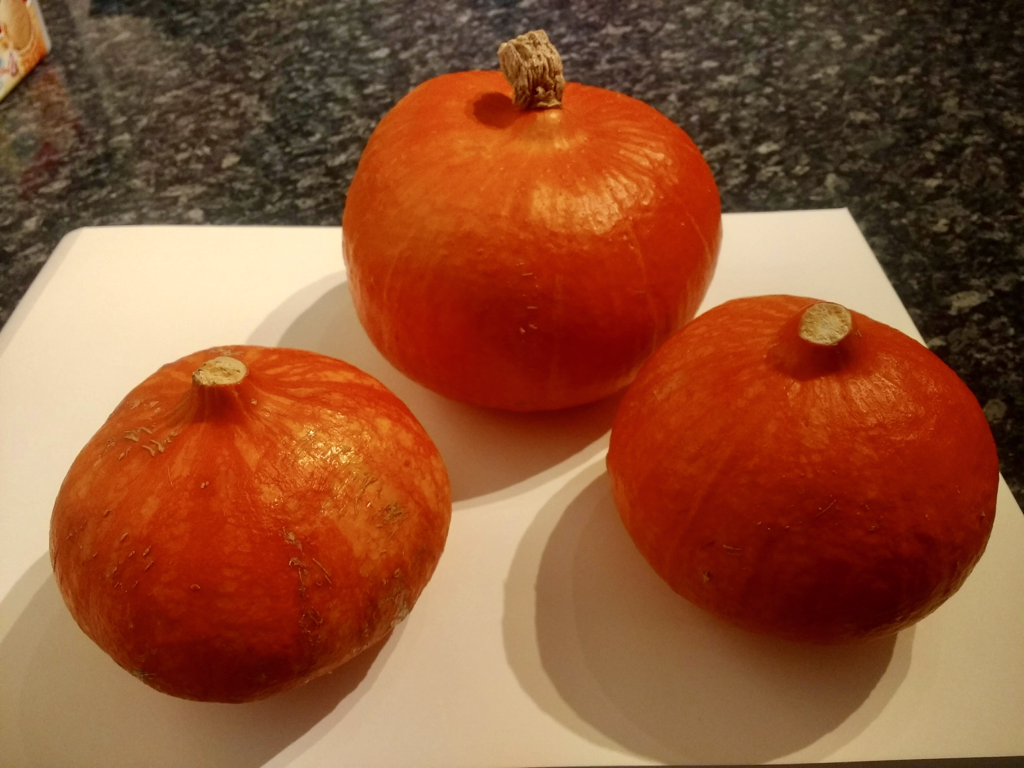
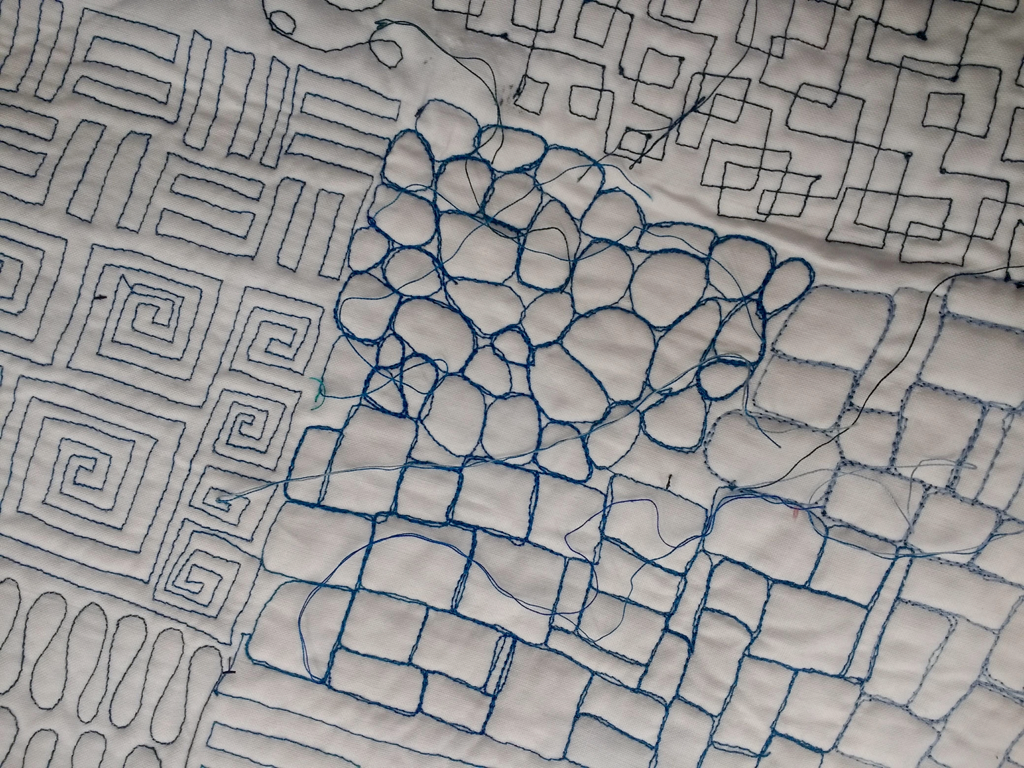
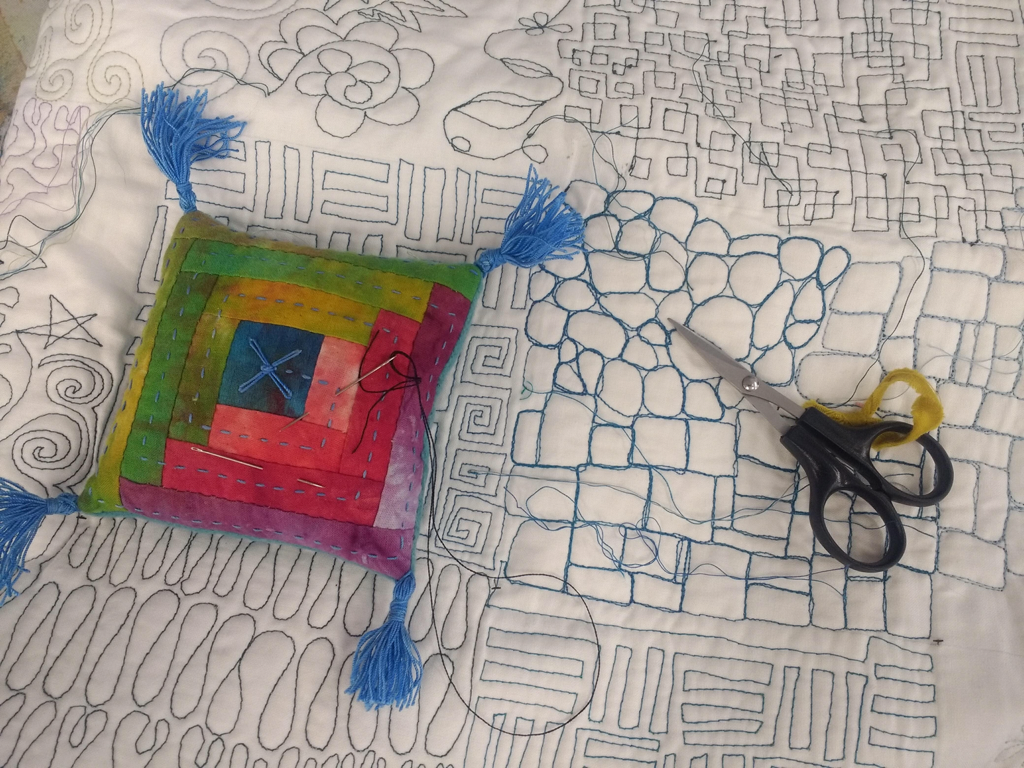


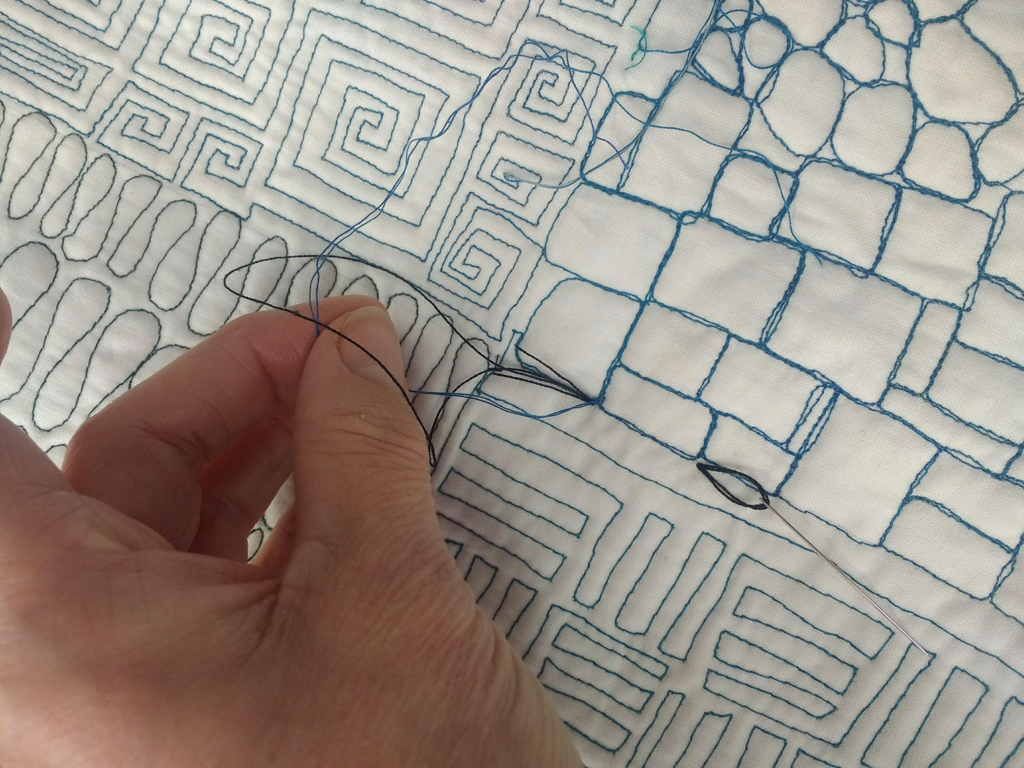
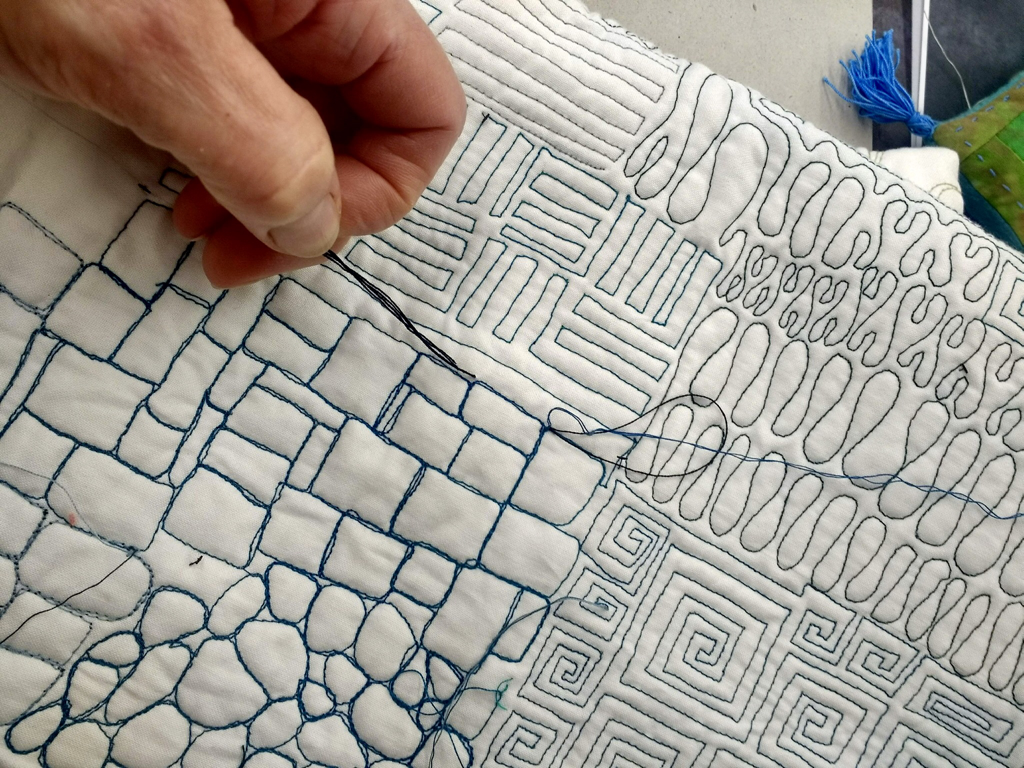


 RSS Feed
RSS Feed
